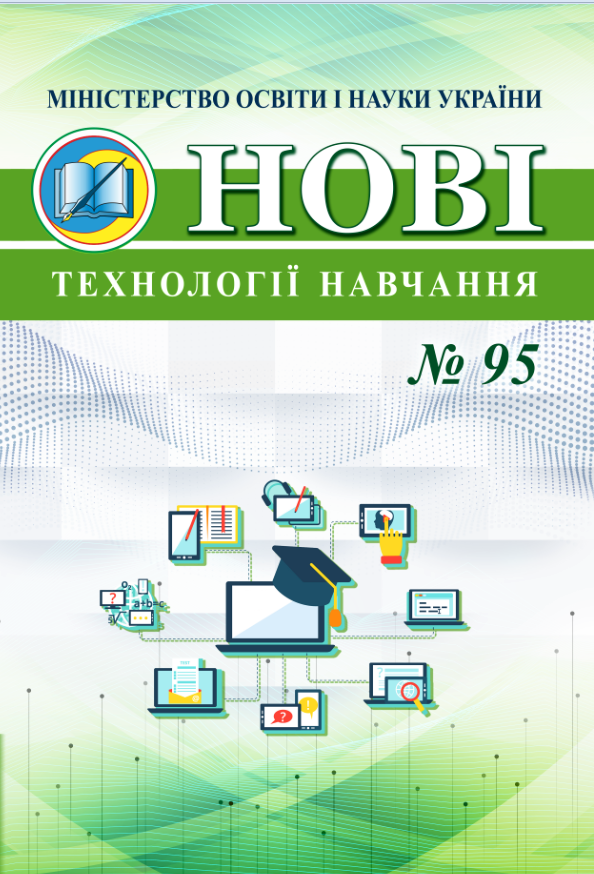Іnvestigation of the integration processes in professional education by using the method of pedagogical subfactors
DOI:
https://doi.org/10.52256/2710-3560.95.2021.14Keywords:
integration, integration processes, higher education, technical and vocational education, method, factor of impact, pedagogical, factor, pedagogical subfactor, pedagogical experimentAbstract
The article substantiates the innovative approach to investigation of the integration processes of specialists training at higher and technical and vocational education establishments. The author of the research suggests experimental methodology for optimization of the study of the independent pedagogical factors’ impact on the educational phenomenon. In professional pedagogics and education, the number of notions signifi cantly exceeds the corresponding number of them in general pedagogics. Thus, the educational components’ capacity to interaction has become the actual issue. The work outlines the effi ciency of integration concerning rational archivation and exclusion of the out-of-date knowledge from the educational content, as well as organic introduction of new knowledge in the system of professional training. It is determined that effi ciency of the integrative interaction of knowledge is getting higher to some extend and thus, adding new elements does not infl uence the integrated object conditions. It is identifi ed that the main drawback of the classical methodology of pedagogical experiment (comparison of initial and final characteristics of the analyzed pedagogical phenomenon) is that the fi nal characteristics are obtained basing on the complex impact of the active pedagogical factor. However, in practice, the common situation is when the active pedagogical factor is made by several independent subfactors. Therefore, it manifests its total impact and it is impossible to evaluate the actual impact of all independent subfactors on the pedagogical experiment result. The work suggests the methodology of pedagogical subfactors. Its general hypothesis expects choosing N=m+1 of the maximum
homogeneous objects (m – experimental and one control groups), whereas for consideration of the impact of each pedagogical subfactor, two approaches are proposed.
The first approach (the method of accumulation) means accumulation of the impact of pedagogical subfactors. Efficiency of each of them is measured as a difference of two neighboring subfactors. Therefore, in the control group, similar to the commonly approved methodologies, educational process stays unchanged, whereas in the experimental groups, the active factor of impact is introduced as a total of n subfactors. The second approach (the method of distribution) suggests determination of the impact of each pedagogical subfactor separately, and their efficiency – by contribution of each absolute value. Such methodology helps investigating pedagogical phenomena according to the impact of not one active pedagogical factor, but by many subfactors. It provides additional information on the effi ciency of each pedagogical subfactor separately. It is confi rmed that fi nal comparison of the results, obtained by using both methods, provides more accurate information about the pedagogical investigation.
Downloads
Published
How to Cite
Issue
Section
License
Copyright (c) 2021 Юрій Козловський, Ірина Козловська, Оксана Білик

This work is licensed under a Creative Commons Attribution-NonCommercial-ShareAlike 4.0 International License.
Із зазначенням авторства - Некомерційна - Розповсюдження на тих самих умовах 4.0 (CC Attribution-NonCommercial-ShareAlike 4.0)







